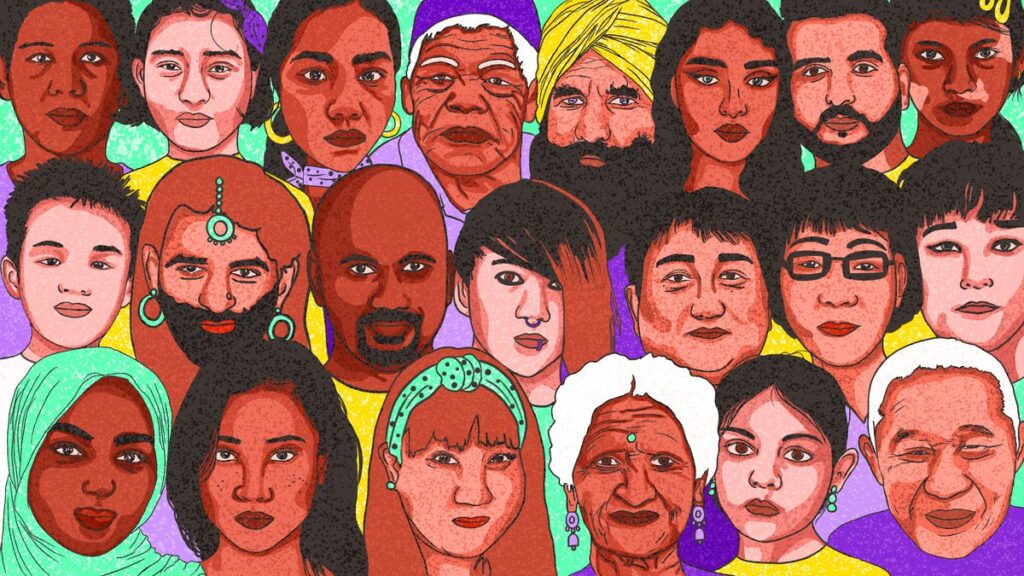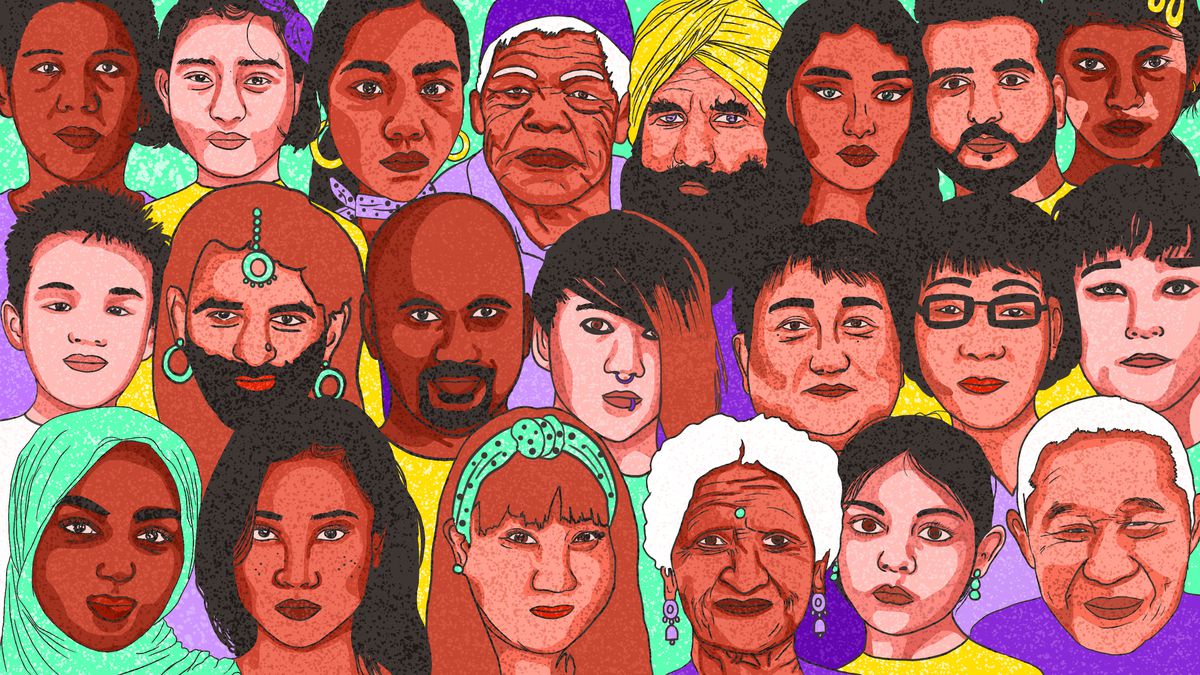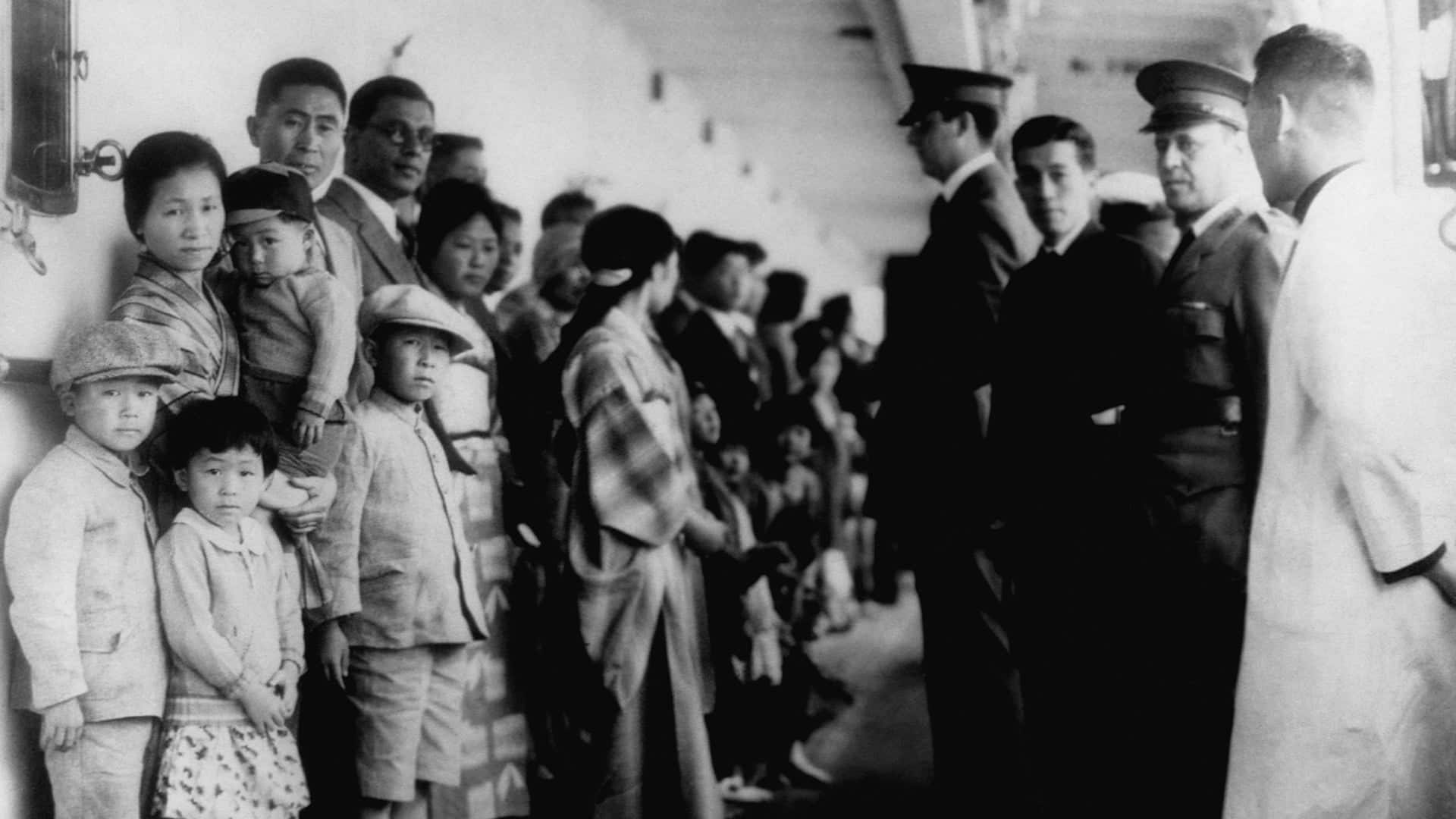The Asian population in the United States has been growing steadily over the past few decades, contributing significantly to the country’s cultural diversity and economic development. This article delves into the history of Asian immigration, the current demographic trends, the cultural impact, and the challenges faced by this vibrant community. By exploring these aspects, we gain a deeper understanding of how Asian Americans have become an integral part of American society.
The Historical Journey of Asian Immigration
Early Asian Immigrants
The history of Asian immigration in the US dates back to the 19th century when Chinese and Japanese laborers arrived to work on railroads and in agriculture. They faced harsh discrimination and were subject to discriminatory laws such as the Chinese Exclusion Act.
Immigration Waves
The 1965 Immigration and Nationality Act brought a significant shift, leading to a surge in immigration from various Asian countries. This act prioritized family reunification and skilled immigrants, fostering the growth of the Asian community.
The Diversity within the Asian Community
Origin and Ethnicities
The Asian community in the US is incredibly diverse, comprising immigrants from countries like China, India, Korea, Vietnam, the Philippines, and more. Each group brings its unique traditions, languages, and customs, enriching the American cultural landscape.
Languages Spoken
A multitude of languages are spoken within the Asian population, including Mandarin, Hindi, Tagalog, Korean, and others, making it one of the most linguistically diverse communities in the country.
Socioeconomic Contributions
Education and Professional Fields
Asian Americans have a reputation for excelling academically and are heavily represented in fields like technology, medicine, finance, and academia.
Entrepreneurship
The Asian community has been a driving force behind many successful businesses, from small enterprises to large corporations.
Cultural Influence and Integration
Festivals and Traditions
Asian festivals such as Chinese New Year, Diwali, and Korean Chuseok are celebrated nationwide, introducing Americans to the rich cultural heritage of Asian countries.
Culinary Delights
Asian cuisine has become an integral part of American food culture, with sushi, Thai curries, and dim sum being widely enjoyed across the nation.
Challenges and Discrimination
Stereotypes and Misconceptions
Asian Americans often face stereotypes and prejudices, leading to challenges in various aspects of life, including education and employment.
Glass Ceiling and Model Minority Myth
Despite their successes, Asian Americans still encounter a glass ceiling in certain industries, and the “model minority” myth can perpetuate unrealistic expectations.
Celebrating Diversity and Inclusion
Efforts to promote diversity and inclusion have gained momentum, with organizations advocating for equal opportunities and representation for the Asian community.
The Asian population in the US has evolved from facing harsh discrimination to becoming an influential and valued part of American society. The diversity within the community, coupled with their contributions to education, business, and culture, showcases their invaluable impact. Despite challenges, efforts to promote inclusion and understanding are gradually breaking barriers. By celebrating the Asian population’s heritage and achievements, America embraces its rich tapestry of cultures and builds a stronger, more united nation.




